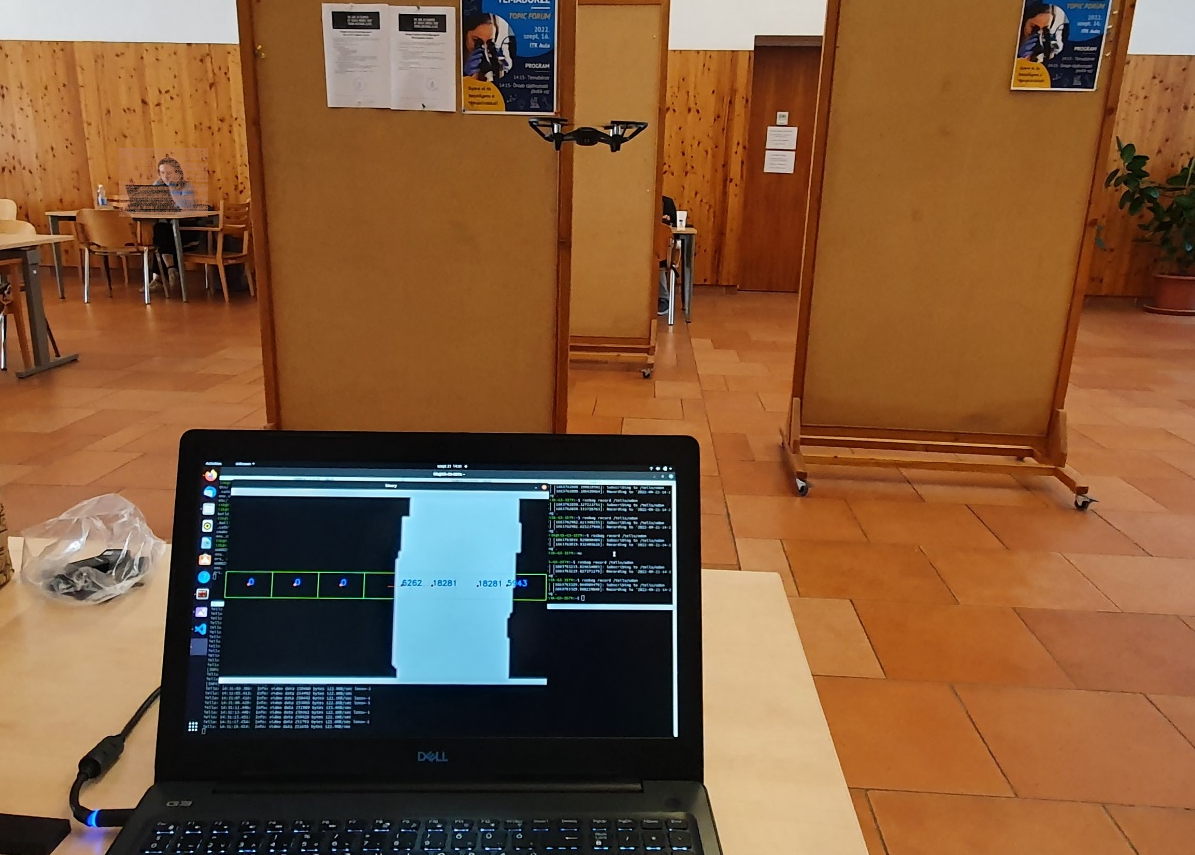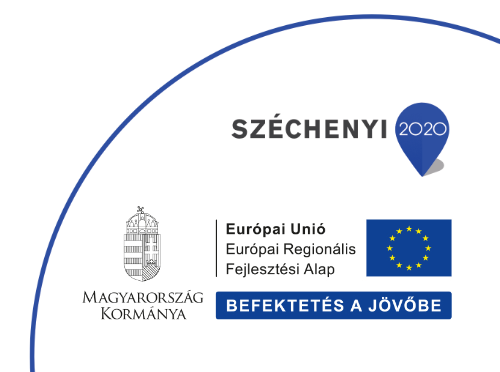- Head of Research Group: Dr. Tamás Zsedrovits
- Members of the Group: Dr. Nawar AL-HEMEARY, Lóránt DAUBNER, Balázs Ádám LENGYEL, Gergő MÉSZÁROS
- Contact: zsedrovits.tamas@itk.ppke.hu
- The UAV Vision Lab aims to explore the intersection of unmanned aerial vehicles (UAVs) and computer vision. A key research focus is optimizing computational tasks for UAVs to achieve minimal power consumption using compact, cost-effective tools. One primary research area is camera-based collision avoidance, which involves detecting and tracking distant aircraft through one or more camera feeds. The goal is to create an efficient collision avoidance system with low power consumption and small size, essential for real-time onboard processing. Another research focus is on ergonomic control methods for UAVs, aiming to develop more natural, quicker-to-learn, and more precise piloting techniques compared to current standards. A third significant research area involves indoor applications of UAVs, utilizing machine vision to perform tasks without relying on external reference systems, using only onboard sensors such as cameras, IMUs, and LiDAR. For example, in 3D cave mapping, the lab aims to use these sensors to create highly accurate 3D maps of cave passages, enhancing the discovery of new paths and assisting cavers. Additionally, students at the lab work on various projects, including developing simulators for collision avoidance, creating 3D building models with photogrammetric tools, face recognition and tracking with drone swarms, neuromorphic collision avoidance, visual indoor navigation, and building a video annotation database.

Experiment with a bio-motivated vision system for autonomous obstacle avoidance on drones. The image shows the drone flying through the free path between the display panels in a complex environment. The system consists of pre-processing based on a mammal retina model and a U-net for the vision task. The video is recorded and streamed by a DJI Tello drone to a laptop running ROS on Ubuntu for drone control and communication and the neural network with a PyTorch-based implementation on the laptop’s dedicated GPU.


